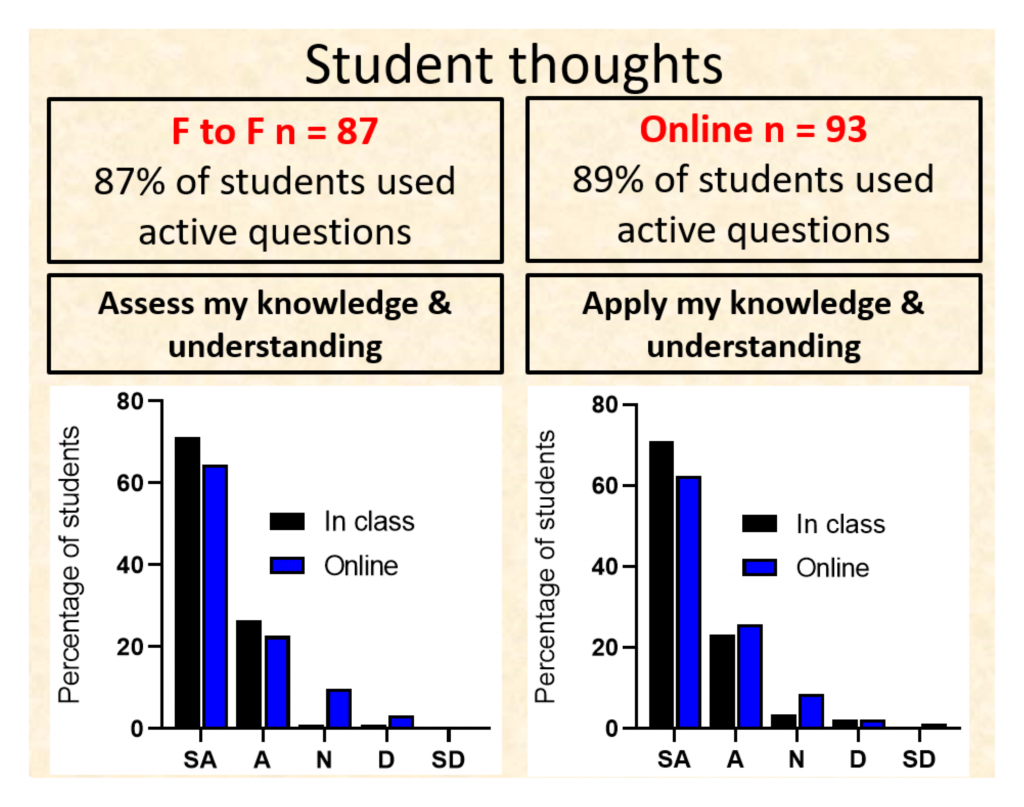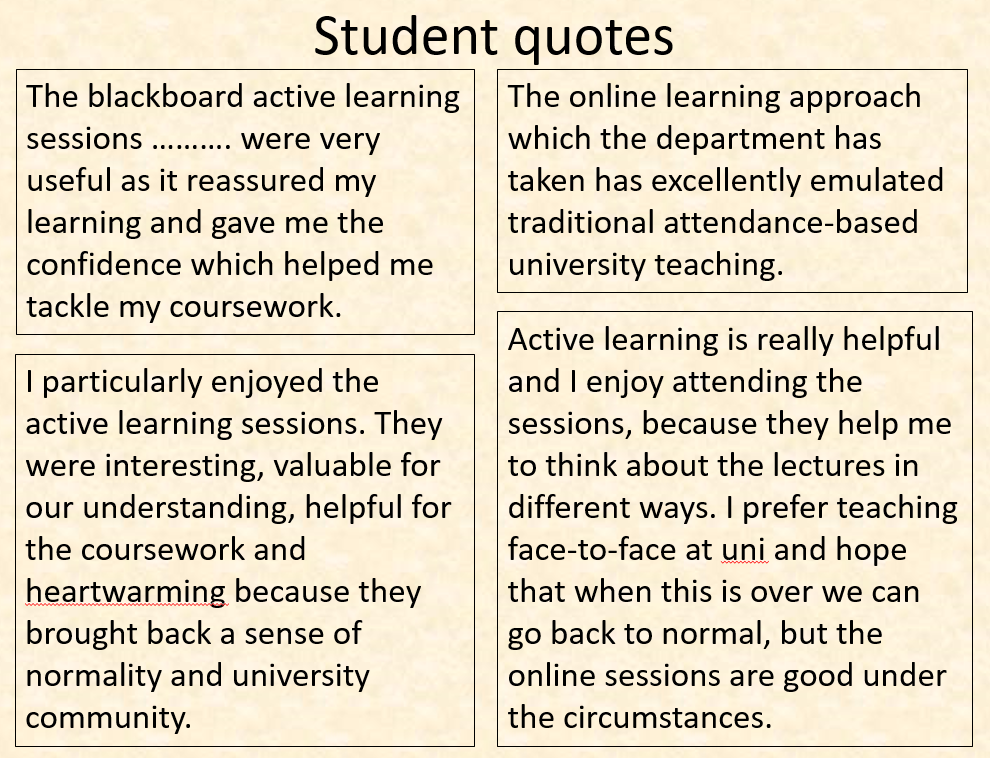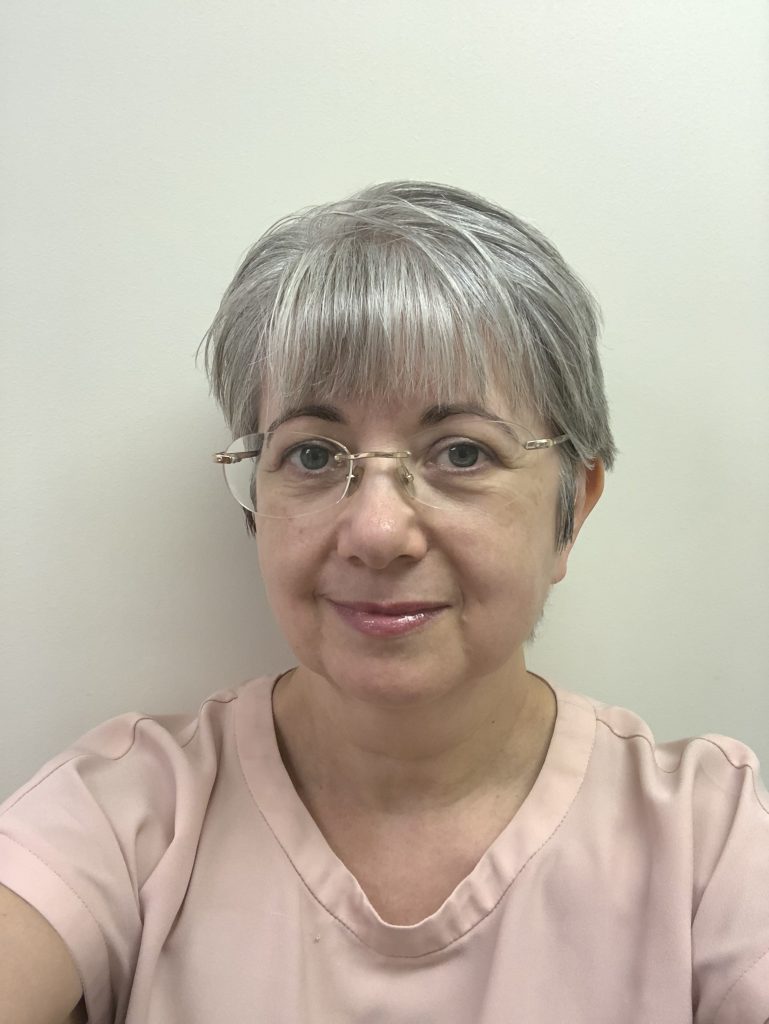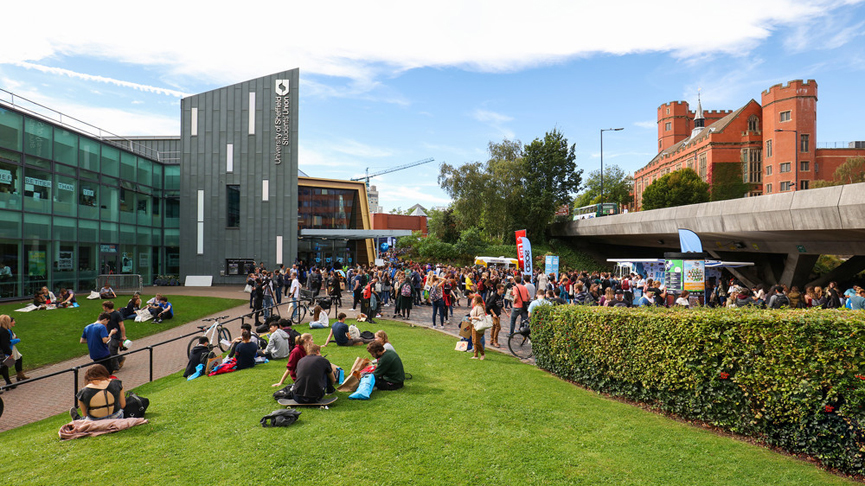March 2020 will be remembered as the month when teaching in Higher Education changed forever. With just a few days notice we went from mostly face to face teaching, to having to deliver our activities wholly online. Staff who were used to traditional didactic teaching had to make the switch to online, interactive approaches. We had to review how we engaged with students to support their learning and keep them motivated, and how we maintained a community of learning. Key to the move online was, of course, the effective use of digital technologies.
Over the last few years’ I have championed the use of digital technologies in teaching, e.g. lecture capture, as I firmly believe this enhances student learning. At the start of the 19/20 academic year I had actually launched a research project on the value of active learning in Physiology teaching, embedding digitally delivered active learning activities into all of my sessions using the Echo360 active learning platform. Fast forward to March 2020, and with 3 days notice I had move my teaching online! I decided to take an asynchronous approach to lectures, releasing recordings to students, and back these up with synchronous interactive Blackboard Collaborate sessions to support student learning. For me the switch was relatively straightforward, as I already had my active learning slides in place. I was able to put my question slides into standalone interactive sessions. Key to my success in delivering these was blending different technologies together (in this case Blackboard Collaborate and Echo360). Oh, and all of my interactive online sessions were recorded, just like my normal face to face lectures. Cue research project number two, active learning in an online environment.
So, what did my students think about online active learning, and how did it compare to face to face activities? Students were asked if active learning had helped them both assess and apply their knowledge and understanding. In both cases (face to face and online) the majority strongly agreed that the active learning was valuable (see figure 1), and the value was similar for both scenarios. In addition, 62% of students strongly agreed that it was valuable to revisit interactive Blackboard Collaborate recordings (even though most of them had actually attended the sessions), and 49% strongly agreed the sessions helped prepare them for assessments.

For me these data highlight that online active learning really can emulate in attendance activities, and the feedback we received (figure 2) has helped shape my approach for next academic year.

Reflecting on the emergency pivot, my top tips would be:
- Plan a mixture of asynchronous and synchronous teaching, and make sure the synchronous sessions provide support and help build a community of learning.
- Blend technologies to maximise impact and flexibility, e.g. Blackboard Collaborate and Echo360.
- Make sure interactive sessions have a structure. Having a plan to kick start student interactions is essential!
- Provide opportunities for anonymous question answering! Students worry about others knowing they were wrong. Allowing anonymous answers means they are more likely to respond. Getting feedback on a wrong answer is the most powerful feedback we can provide.
- Make sure you communicate with your students, and listen to them! They will have some great ideas!
COVID-19 has provided an unexpected and unique opportunity for Higher Education to transform learning and teaching. As we move into the new normal, let’s make sure we learn from the online experience, and embed into our future teaching all of the aspects that can enhance student learning.
For more background on how we support students using digital technologies, take a look at this paper entitled Lecture capture: Practical recommendations for students and instructors as well as this one 10 simple rules for supporting a temporary online pivot in higher education both of which I co-authored with Emily Nordmann and others.
Editor’s note: you can view the complete presentation given by Louise at our recent Medea & Learning Online conference here.

Author
Dr Louise Robson
Sheffield University, UK














